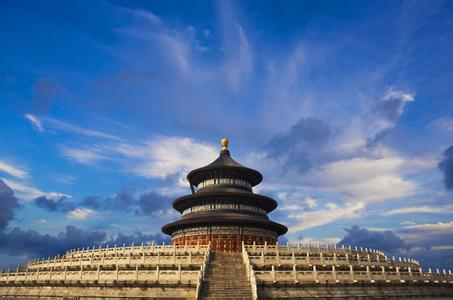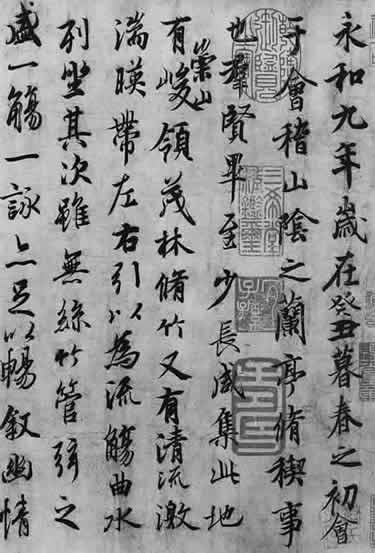Temple of Heaven
 Located in the southwestern part of Chongwen District in the city area, Temple of Heaven is the largest temple architecture in China with a history of over 500 years.
Located in the southwestern part of Chongwen District in the city area, Temple of Heaven is the largest temple architecture in China with a history of over 500 years.
In ancient China, emperors considered themselves as 'The Son of Heaven', inheriting supreme power to dominate the world. Originally built in the Ming Dynasty (1368 - 1644) in 1420, the Temple of Heaven was the sacrificial place for emperors to hold prayer and sacrificial ceremonies.
With an area of about 2,700 square kilometers (667,185 acres), the Temple of Heaven is much bigger than Forbidden City and a little smaller than Summer Palace. It is enclosed by a long wall. The northern part is semicircular symbolizing Heaven and the southern part is square symbolizing Earth.  This design reflects ancient Chinese thought of 'The heaven is round and the earth is square'. Main constructions include Hall of Prayer for Good Harvest (Qi Nian Dian), Circular Mound Altar (Yuan Qiu Tan), Imperial Vault of Heaven (Huang Qiong Yu) and other associated buildings. A long bridge called Vermilion Steps Bridge (Dan Bi Qiao) runs along the north-south axis connecting most of the main buildings.
This design reflects ancient Chinese thought of 'The heaven is round and the earth is square'. Main constructions include Hall of Prayer for Good Harvest (Qi Nian Dian), Circular Mound Altar (Yuan Qiu Tan), Imperial Vault of Heaven (Huang Qiong Yu) and other associated buildings. A long bridge called Vermilion Steps Bridge (Dan Bi Qiao) runs along the north-south axis connecting most of the main buildings.
Nowadays, the site is a park (Tiantan Gongyuan) and is a popular leisure destination for local people. Elderly Beijing people like to begin their day life with morning exercises in the park. The park is open from 6:00 to 20:00 while the Hall of Prayer for Good Harvest closes around 17:00.
